Advertisement
A breakthrough in understanding peripartum cardiomyopathy
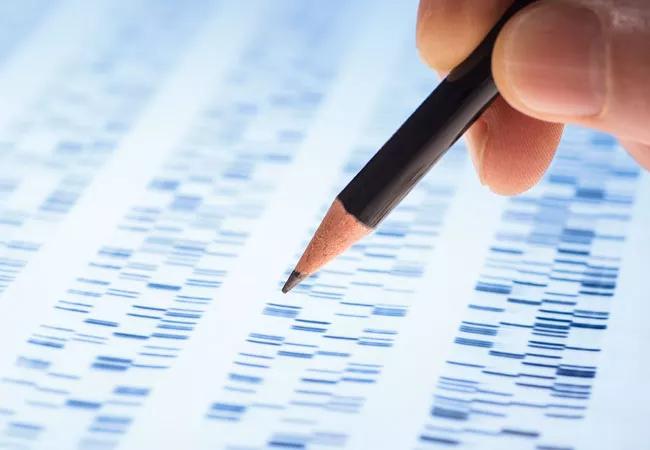
Advertisement
Cleveland Clinic is a non-profit academic medical center. Advertising on our site helps support our mission. We do not endorse non-Cleveland Clinic products or services. Policy
A major multicenter study, recently published in the New England Journal of Medicine, has advanced understanding of what causes peripartum cardiomyopathy and its relation to dilated cardiomyopathy. Cleveland Clinic participated in the study, and this article briefly reviews what prompted the study and its implications for practice and further research.
For years, there has been limited understanding of why heart failure develops in a subgroup of women late in pregnancy or during the early postpartum period. Some studies have suggested that peripartum cardiomyopathy is triggered by hormones. While the condition is uncommon (affecting 1 in 4,000 U.S.) and usually resolves, it can persist with severe consequences. Serious associated adverse events include death (which occurs in about 5 percent of patients) and end-stage heart failure requiring mechanical circulatory support or heart transplantation (in another 5 percent of patients).
Women with peripartum cardiomyopathy are often referred to a specialized program such as Cleveland Clinic’s Women’s Heart Failure Clinic. Our patients exhibit common risk factors for peripartum cardiomyopathy such as gestational hypertension, pre-eclampsia, multiple births and older age. We also have noticed that some patients without any identifiable cause at the time of diagnosis are later found to have familial cardiomyopathy, raising the possibility that peripartum cardiomyopathy may represent more than one entity.
It has long been acknowledged that peripartum cardiomyopathy and idiopathic dilated cardiomyopathy share clinical features such as decreased systolic function, an enlarged heart and nonspecific histologic findings on biopsy. But they have been considered separate diseases.
Cleveland Clinic has recently participated in two studies investigating these conditions:
Research has found mutations in a number of genes to be a cause of dilated cardiomyopathy. Given dilated cardiomyopathy’s similarities with peripartum cardiomyopathy, it was important to determine whether genetics was also a factor in the latter. So Cleveland Clinic joined the above-mentioned multicenter study, which included IPAC researchers, to investigate the genetics of peripartum cardiomyopathy.
The investigation included 172 women with peripartum cardiomyopathy, including participants in the IMAC-2 and IPAC studies. Genetic sequencing was performed on 43 genes associated with dilated cardiomyopathy. The results were then compared with those from a cohort of 332 patients with dilated cardiomyopathy and also from a reference population of more than 60,000 people.
Our findings included the following:
Advertisement
Genetic variants occurred equally among participants with and without a family history of cardiomyopathy. The prevalence of variants was ten times higher in women without hypertension. In IPAC, these patients were also less likely to recover myocardial function over time.
For years, the medical community has disagreed over whether peripartum and dilated cardiomyopathy are essentially the same or different diseases. This study is the first to offer evidence that the two diseases share genetic variants. It is also the first study to provide a genetic etiology for those patients who fail to recover myocardial function.
These findings have a number of significant implications for screening, treatment and counseling:
Further study is needed to explore the value of changing medical therapy based on genetic mutations and to examine the possibility of safe subsequent pregnancies in patients whose peripartum cardiomyopathy does not have a genetic cause. Follow-up studies will be conducted to further advance the field.
Dr. Hsich is Director of the Women’s Heart Failure Clinic and Associate Medical Director for the Heart Transplant Program at Cleveland Clinic.
Advertisement
Advertisement
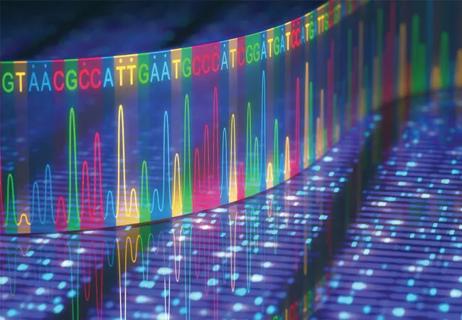
The relationship between MTHFR variants and thrombosis risk is a complex issue, but current evidence points to no association between the most common variants and an elevated risk
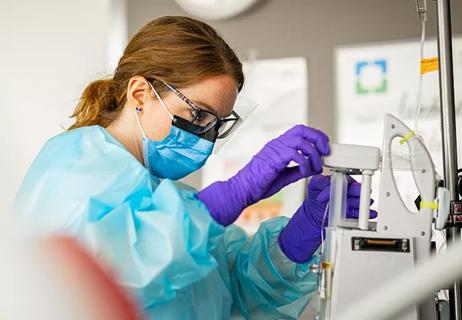
One-time infusion of adenovirus-based therapy is designed to restore heart muscle function
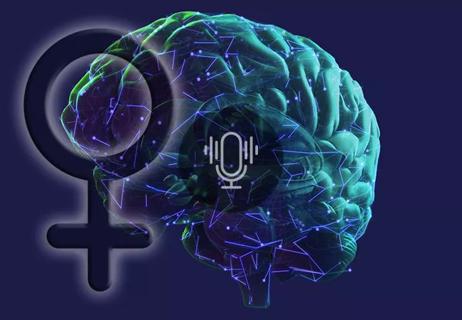
Studying gender-specific health factors promises new insight into diagnosis, prognosis, treatment

Consortium is uncovering risk factors that spur disease development in an understudied group
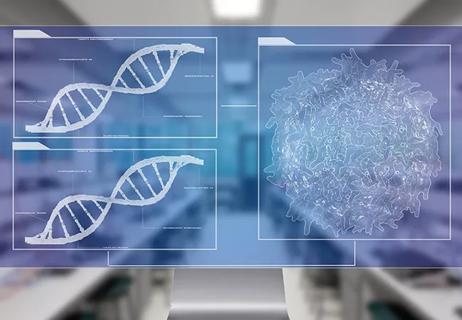
Cleveland Clinic researchers receive $2 million grant from the National Institutes of Health

New Cleveland Clinic fellowship fosters expertise in the genetics of epilepsy

Renal genetic testing confirms diagnosis, guides management

Integrates genetic and clinical data to distinguish from GEFS+ and milder epilepsies